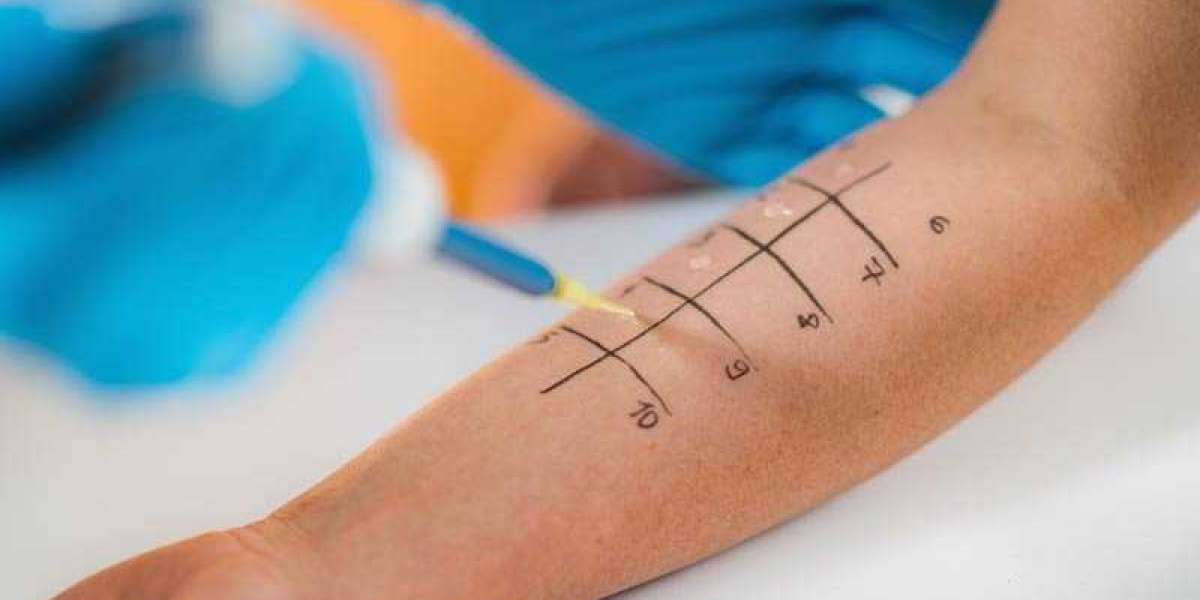Advanced Baby Monitors: A New Era of Parental Peace of Mind
The landscape of baby monitoring is rapidly transforming, moving far beyond simple audio feeds to sophisticated systems that integrate cutting-edge technology. Advanced baby monitors are making headlines globally and in India, offering parents unprecedented levels of peace of mind through enhanced safety features, health tracking, and smart home connectivity.
The Indian market, in particular, is witnessing a significant surge in demand for these high-tech devices. Driven by rising disposable incomes, increased awareness among parents about child safety, and a growing embrace of smart home technologies, the "Advanced Baby Monitors Market" in India is projected for substantial growth, with estimates suggesting a rise from USD 72.0 million in 2023 to USD 240.0 million by 2035.
Leading the charge in innovation, companies like Philips Avent have recently unveiled their "Premium Connected Baby Monitor." This device exemplifies the new generation of monitors, featuring proprietary SenseIQ technology for sleep and breathing tracking, and even AI-powered cry detection and translation. Such advancements move beyond basic surveillance, providing actionable insights into a baby's well-being without requiring wearable sensors.
Key trends shaping this evolving market include:
- AI-Powered Analytics: Artificial intelligence is a game-changer, enabling monitors to do more than just stream video. AI-driven features now include sophisticated sleep pattern analysis, movement tracking, cry detection, and even alerts for potential health risks. Some advanced models can differentiate between a baby's regular sounds and distress cries, offering truly smart notifications.
- Health Monitoring Integration: Many advanced monitors are incorporating vital health tracking capabilities. This includes monitoring a baby's heart rate, oxygen saturation levels (SpO2), and skin temperature. These features are particularly beneficial for parents with infants requiring closer observation, providing early detection of potential issues. Wearable options, like smart socks or bracelets, also offer continuous biometric data.
- Seamless Smart Home Connectivity: Modern baby monitors are designed to integrate effortlessly with existing smart home ecosystems. This allows parents to monitor their child from anywhere via smartphone apps, enable two-way communication, play lullabies, and even control room temperature and humidity, creating an optimal environment for the baby.
- High-Definition Video and Enhanced Audio: Crystal-clear HD video streaming with automatic infrared night vision ensures parents can see their baby clearly in all light conditions. Improved audio clarity, often with noise cancellation, ensures every sound is heard, while two-way talk features allow parents to soothe their child from a distance.
However, with increased connectivity come heightened concerns regarding data privacy and security. News reports emphasize the importance of choosing monitors with robust cybersecurity features, strong encryption protocols, and secure cloud storage to protect sensitive video and audio data from potential hacking incidents. Manufacturers are actively working to build trust by implementing advanced security measures.
Despite the higher price tag associated with advanced models, parents are increasingly willing to invest in these devices for the invaluable peace of mind they offer. As technology continues to evolve and become more accessible, advanced baby monitors are set to become an indispensable tool for modern parenting, providing comprehensive safety and health monitoring for infants.








